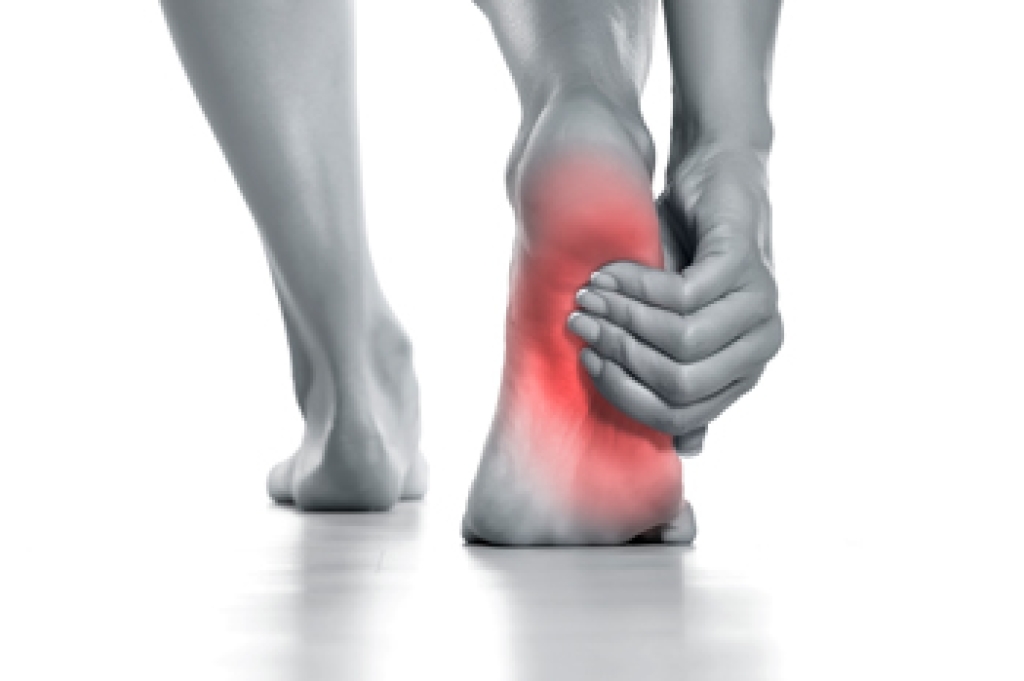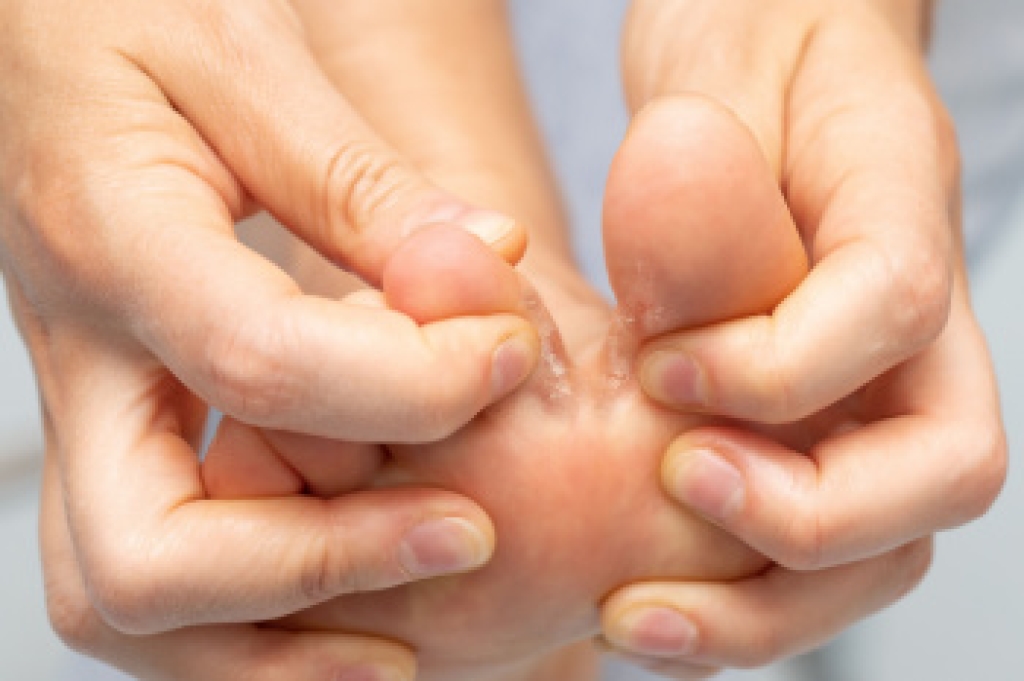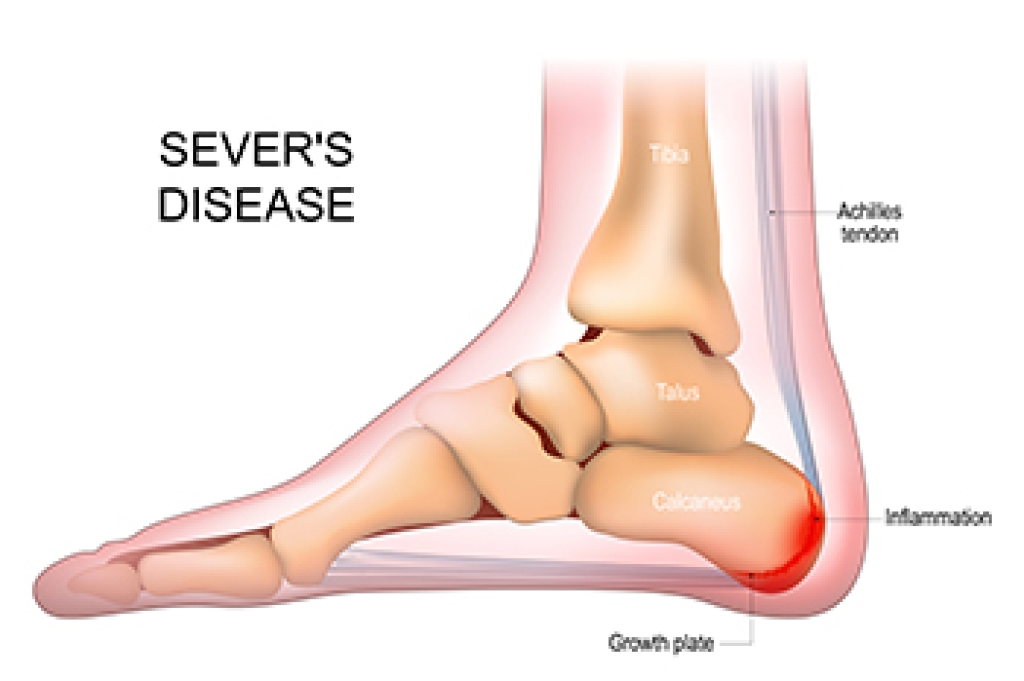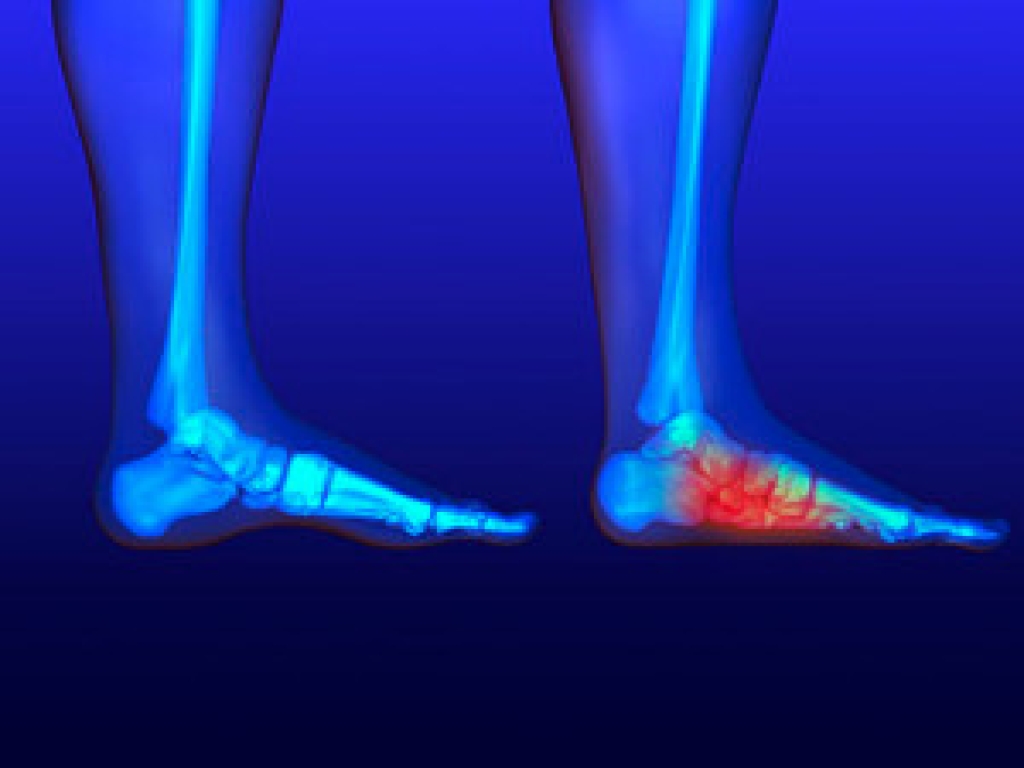
Discomfort along the outer edge of the foot can make every step challenging. This pain often develops from repetitive strain, minor injuries, or an imbalance in how weight is distributed while walking. Overstretching or inflammation of the tendons on the side of the foot is common, but sometimes a stress fracture or joint irritation is to blame. Wearing narrow or unsupportive shoes can also add pressure to the area and worsen symptoms. A podiatrist begins by identifying the exact cause through examination and imaging, if needed, then designs a treatment plan that may include rest, supportive footwear, or custom orthotics to ease tension and promote healing. Addressing the issue early helps prevent chronic discomfort. If you have persistent pain on the side of the foot, it is suggested that you schedule an appointment with a podiatrist for an evaluation and appropriate treatment.
Foot Pain
Foot pain can be extremely painful and debilitating. If you have a foot pain, consult with David Mansky, DPM from Mansky Podiatry. Our doctor will assess your condition and provide you with quality foot and ankle treatment.
Causes
Foot pain is a very broad condition that could be caused by one or more ailments. The most common include:
- Bunions
- Hammertoes
- Plantar Fasciitis
- Bone Spurs
- Corns
- Tarsal Tunnel Syndrome
- Ingrown Toenails
- Arthritis (such as Gout, Rheumatoid, and Osteoarthritis)
- Flat Feet
- Injury (from stress fractures, broken toe, foot, ankle, Achilles tendon ruptures, and sprains)
- And more
Diagnosis
To figure out the cause of foot pain, podiatrists utilize several different methods. This can range from simple visual inspections and sensation tests to X-rays and MRI scans. Prior medical history, family medical history, and any recent physical traumatic events will all be taken into consideration for a proper diagnosis.
Treatment
Treatment depends upon the cause of the foot pain. Whether it is resting, staying off the foot, or having surgery; podiatrists have a number of treatment options available for foot pain.
If you have any questions, please feel free to contact our office located in Hastings, MI . We offer the newest diagnostic and treatment technologies for all your foot care needs.




